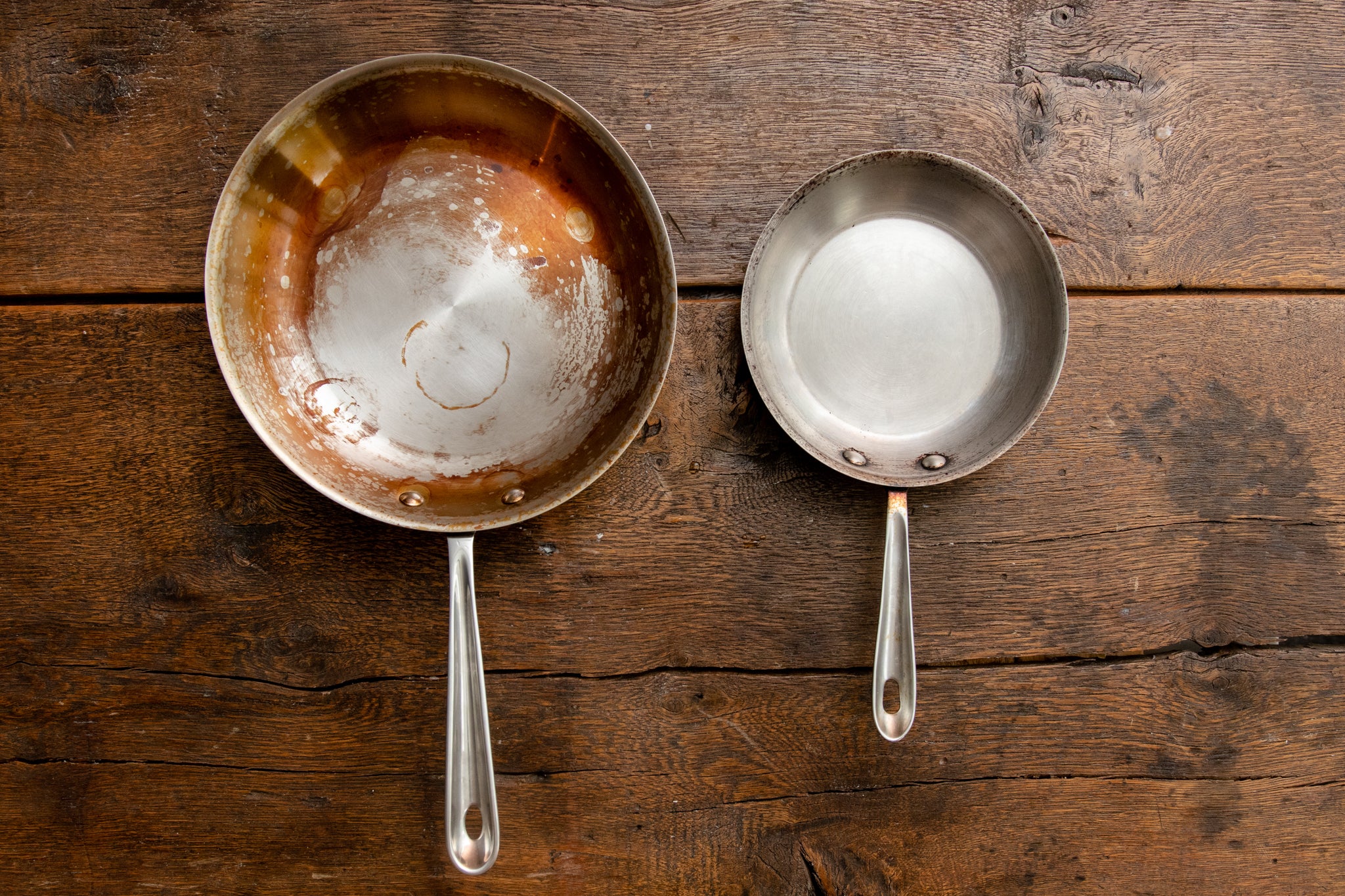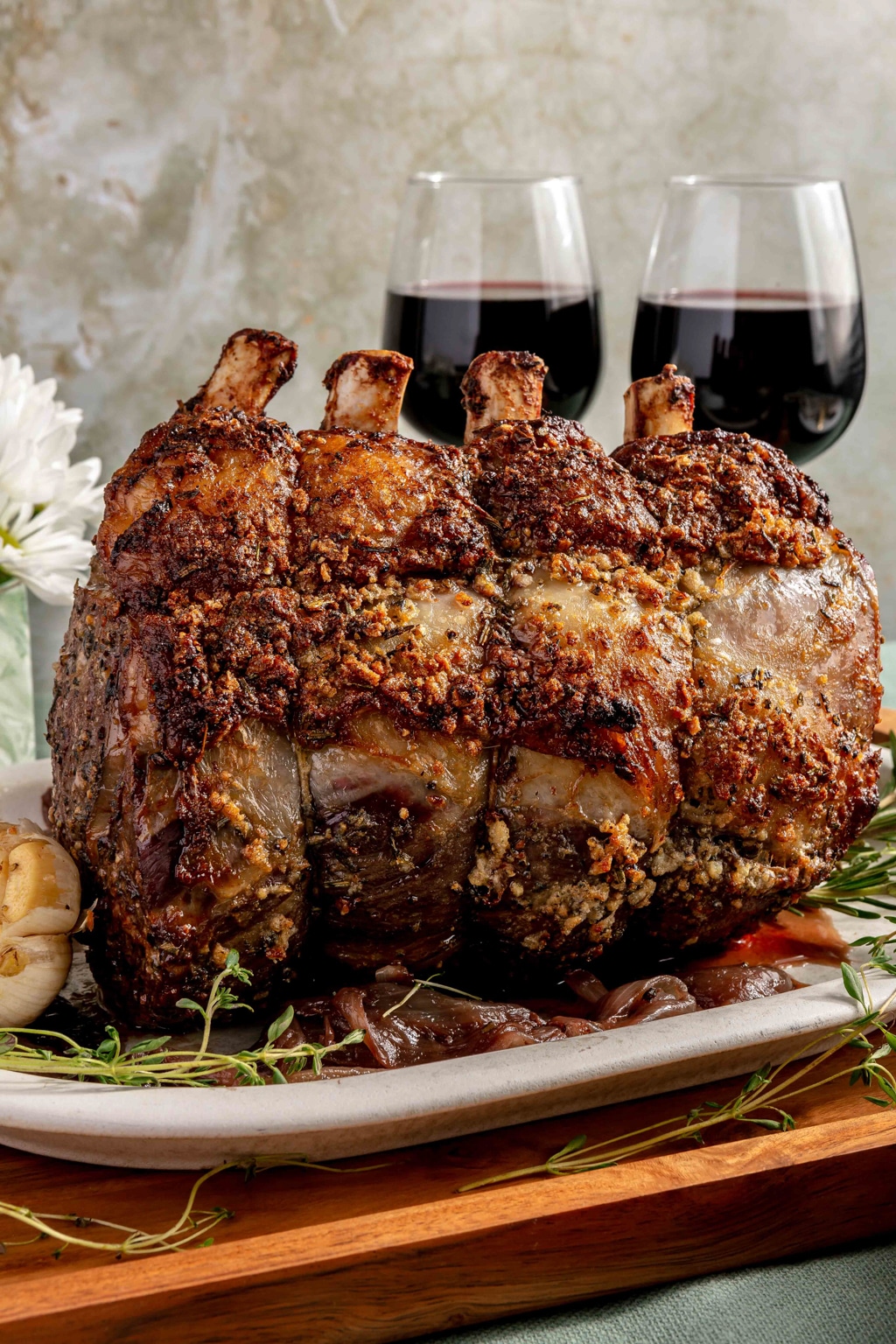How to Cook Jasmine Rice for Perfectly Fluffy Results
Cooking jasmine rice can elevate your meal to new heights, thanks to its delightful aroma and fluffy texture. In this guide, we'll explore various methods and techniques to master the art of cooking jasmine rice. From rinsing to the ideal water ratio, we’ll ensure that you achieve perfect jasmine rice every time.
Essential Jasmine Rice Cooking Instructions
When it comes to **cooking jasmine rice**, following the right instructions is critical to achieving the desired fluffy texture. The first step is selecting the right type of jasmine rice, which typically comes in **long grain** varieties. These grains have a high starch content, making them particularly aromatic and fluffy when cooked. For cooking, it's essential to start with proper **jasmine rice preparation** by rinsing the rice thoroughly under cold water to remove excess starch, resulting in a more polished finish. Rinsing jasmine rice helps prevent it from becoming too sticky. Aim to rinse the rice until the water runs clear, which usually takes a few minutes.
The Ideal Jasmine Rice Water Ratio
The **jasmine rice water ratio** is foundational to cooking fluffy jasmine rice. Typically, the perfect ratio is 1:1.5, meaning 1 cup of jasmine rice requires about 1.5 cups of water. However, this may vary depending on your cooking method and personal preference. If you prefer chewier rice, use slightly less water, around 1.25 cups for each cup of jasmine rice. Conversely, for a softer texture, slightly increase the water content. For recipe consistency, always measure the rice and water precisely as incorrect ratios can result in undercooked or overly mushy rice.
Cooking Time for Fluffy Jasmine Rice
**Jasmine rice cooking time** can also make a significant difference in the final outcome. When cooking over the stove, bring the water to a boil after adding the rinsed rice. Once boiling, reduce the heat to low, cover, and simmer for about 15-20 minutes. It’s important not to lift the lid during this process, as the steam will escape and could affect the cooking. After the time has elapsed, let the rice sit for another 10 minutes before fluffing it with a fork. This resting time allows the grains to firm up and complete the cooking process. If using a rice cooker, follow the shared measurements; most cookers will have settings that adjust automatically.
Innovative Jasmine Rice Cooking Methods
Aside from the traditional stovetop method, there are several modern techniques for **cooking jasmine rice** that you might find appealing. The **jasmine rice microwave method** is a fantastic time-saver for those busy nights. Simply rinse your rice, add it to a microwave-safe bowl with the appropriate water ratio, cover with a microwave-safe lid, and cook on high for about 10-12 minutes. Check after the first 10 minutes; if the rice isn't done, continue cooking in 1-minute increments until fluffy and all water is absorbed.
Using a Rice Cooker for Effortless Moo
For those who prefer a hands-off approach, a rice cooker can produce excellent results. Follow the same **jasmine rice cooking instructions** regarding rinsing and water ratio. Add the rinsed rice and water to the cooker, select the white rice setting, and let it do its magic. Once cooked, allowing the rice to rest before serving is particularly crucial, as it achieves that perfect texture. Rice cookers tend to monitor water levels and adjust cooking time accordingly, ensuring perfectly cooked jasmine rice.
Exploring the Stovetop Steaming Method
If you have a steamer basket, you can try **steaming jasmine rice**. Start by soaking the rice in water for about 30 minutes, then drain. Place the rice in the steamer basket positioned over boiling water. Cover and steam for about 20-30 minutes while monitoring to ensure sufficient water in the pot. This method imparts a unique texture and flavor profile to the rice, making it a popular choice in various Asian cuisines.
Flavoring and Serving Your Fluffy Jasmine Rice
Once you've mastered cooking jasmine rice, the next step is to explore ways to enhance its **flavor**. One of the best **jasmine rice tips** for flavor is incorporating herbs and spices during cooking. Consider adding a bay leaf, a handful of cilantro sprigs, or a piece of ginger to the pot. These additions create aromatic notes that can complement a variety of dishes.
Pairing Jasmine Rice with Various Dishes
Another fantastic way to serve **jasmine rice** is with a variety of dishes such as curries, stir-fries, or grilled proteins. It complements flavors beautifully, making it a staple in many recipes. For a simple **jasmine rice salad**, mix the fluffed rice with freshly chopped vegetables, a drizzle of soy sauce, and a sprinkle of sesame seeds—a perfect side dish or light meal. Alternatively, try serving it with **jasmine rice curry** for a comforting meal.
Suggestions for Healthy Jasmine Rice Variations
If you're looking for healthier options, try cooking **jasmine rice with vegetables** mixed in during the last five minutes of cooking. This adds not only nutrition but also flavor and texture. Additionally, you can explore **jasmine rice and beans** for a powerhouse of plant-based protein. Incorporating coconut milk can also create a luxurious jasmine rice dish suitable for various palates.
Key Takeaways
- Rinsing and measuring the rice-water ratio is critical for fluffy results.
- A rice cooker can simplify the cooking process, ensuring perfect rice every time.
- Experiment with flavors and ingredients to elevate your jasmine rice dishes.
- Steaming jasmine rice can offer a unique texture, perfect for various culinary necessities.
FAQ
1. How can I prevent jasmine rice from being sticky?
To prevent jasmine rice from **being sticky**, ensure you rinse it thoroughly under cold water until the water runs clear. This removes excess starch, which can cause stickiness. Also, maintaining the correct rice-to-water ratio and avoiding overcooking can significantly help.
2. What is the best way to store leftover jasmine rice?
Store leftover **jasmine rice** in an airtight container in the refrigerator. It will stay fresh for about 4-6 days. For longer storage, consider freezing the rice in portions, which can last up to six months. Reheat it in the microwave or on the stove with a little added water.
3. Can I use jasmine rice for sushi?
While traditionally sushi is made with short-grain rice, you can use jasmine rice in a pinch. However, the result will differ in texture and stickiness. If using jasmine rice, consider pairing it with a bit of vinegar to enhance the flavor profile.
4. How do I make jasmine rice in a pressure cooker?
For the pressure cooker, use the same rice-water ratio of 1 to 1.5 and cook on high pressure for about 6 minutes. Lock the lid and allow the steam to release naturally before opening. This method locks in flavors and delivers tender jasmine rice.
5. What are the health benefits of jasmine rice?
**Jasmine rice** provides a good source of energy and can be included in a balanced diet. It has some essential vitamins and minerals and can be included in meal prep for those looking for wholesome carbohydrate options. Comparing jasmine rice to other varieties, its beneficial nutrients cater well to lifestyle and dietary needs.
Cooking jasmine rice correctly can transform your culinary experience, ensuring every dish you create celebrates its beautiful aroma and fluffy texture. Start following these tried and true methods today!


